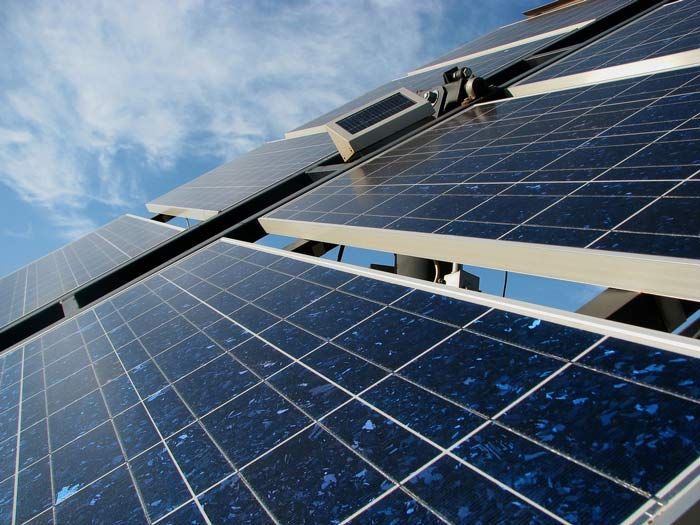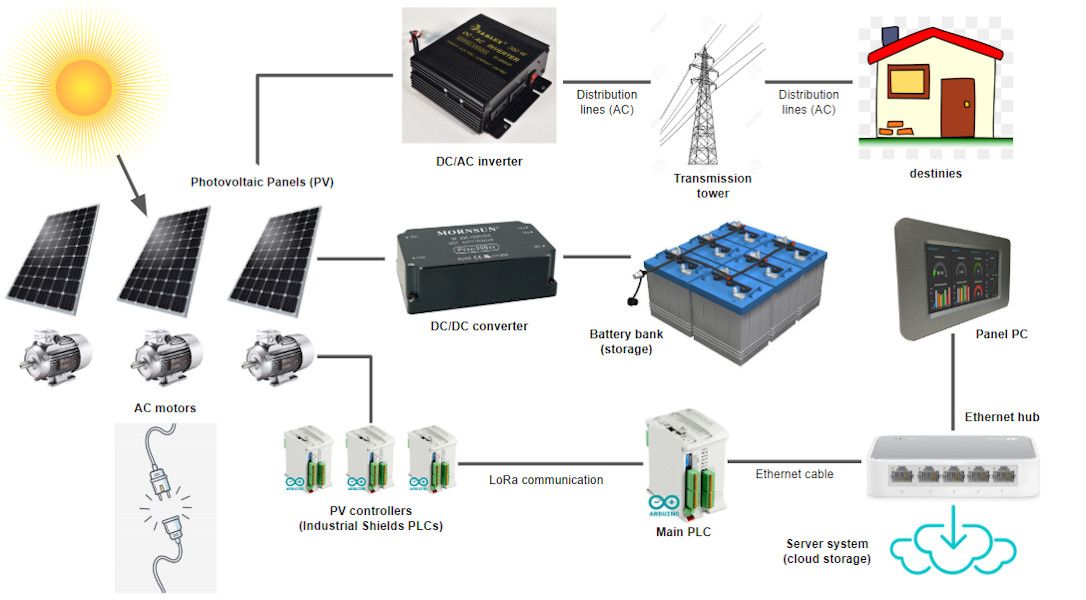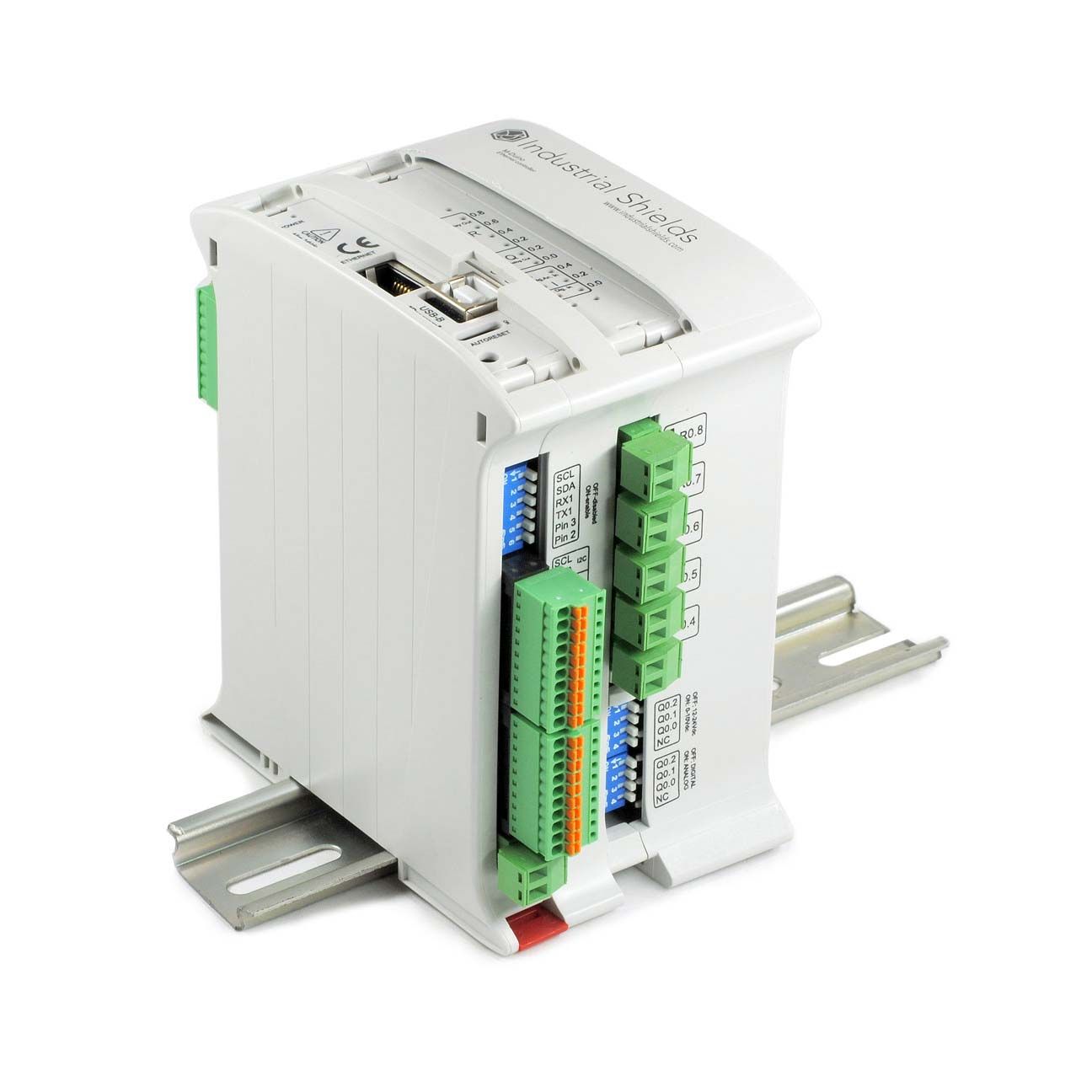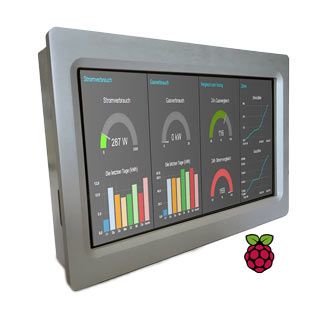Read the full Case Study 👇
How to Monitor Autonomous Solar Panels with Arduino based PLCs
Industrial monitoring with Arduino for Solar Panels
The use of renewable energy is increasing at cruising speed every passing day.
Solar energy is the most popular and has a huge range of possible applications in our daily lives. It also offers many natural and environment advantages.
Summary
In a world where most energy production comes from non-renewable resources, people are trying to find efficient and price-effective ways to use renewable energy. One of the great leaps forward in renewable technology has been the solar panel, which is composed of several solar cells that convert light into electricity.
Knowing the growing need of energy, the solar one is more efficient if the panels are controlled by two linear motors each. One for the x-axis and the other one for the y-axis, so they can take advantage from the weather conditions and all sunshine hours during the days.
That said, monitoring your solar installation will allow you to:
-
know the current status of the weather conditions and the position of the photovoltaic panels at all times,
-
produce the necessary and extra energy,
-
have a good viability and reliability of the system and a long life of the controllers,
-
know the amount of energy and other data at any time and have them in the cloud, and
-
reduce the maintenance costs.
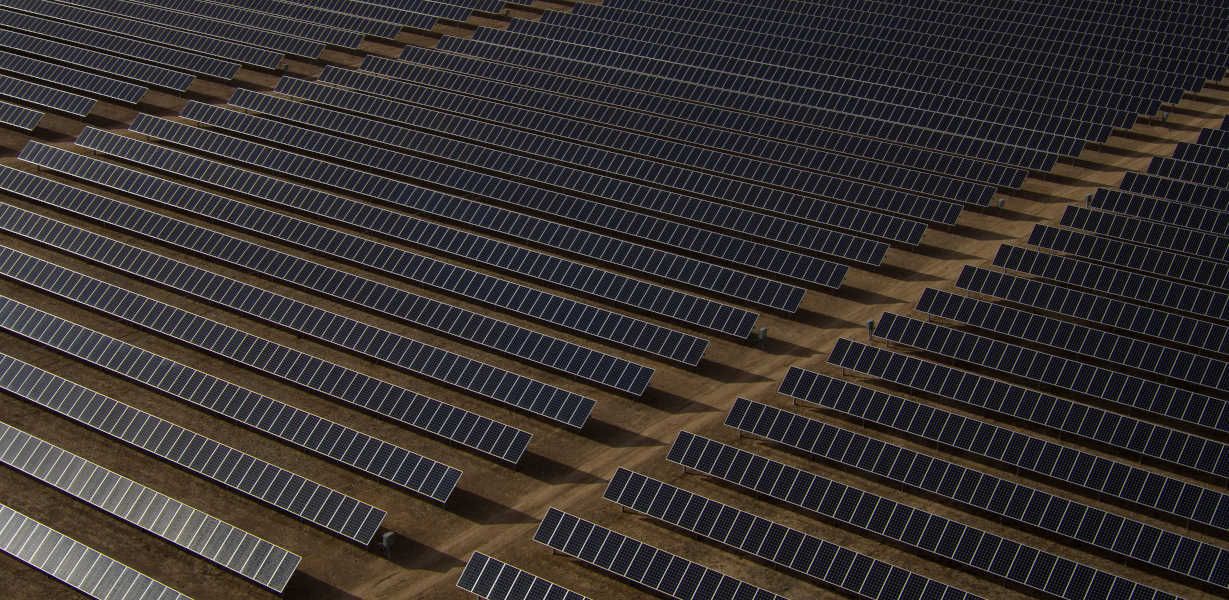
Goals
The objective is to chase the sun, which is a moving target, so that we can all take advantage of it and generate more solar energy.
Solar panels operated by automatic plc controller systems can generate up to 30 % more energy than static panels.
Conclusion (hardware)
The Industrial Shields equipment is going to control the AC motors connected to the photovoltaic panels, so they can take advantage of the weather conditions and produce as much solar energy as possible.
The industrial controller will be done with some previous calculations for the different positions of the sun as the hours go by and ans will be transferred to our Programmable Logic Controller by the Arduino IDE.
The main industrial PLC Arduino automation will be the master, which will receive the data from the others (one for each PV group), and transfer them to the Panel PC (HMI), Human to Machine Interface, and upload it to the cloud. The cloud information will be useful to improve the Arduino PLC automation Software in the long term.
The achieved energy will be distributed in two different ways. One will be converted with a DC/AC inverter, so it can pass trough the high voltage lines and reach the destinations where it is needed. The other distribution way will be made for extra power that has no destination. This will have its voltage adapted with a DC/DC converter, so it can be stored in the battery bank for a future use.

If you are interested in industrial control and motoring, check out our Case Studies to discover all the possibilities offered by our open source based products.
We are waiting for you!
Download the Monitor Autonomous Solar Panels Case Study
Share it with your teammates.
